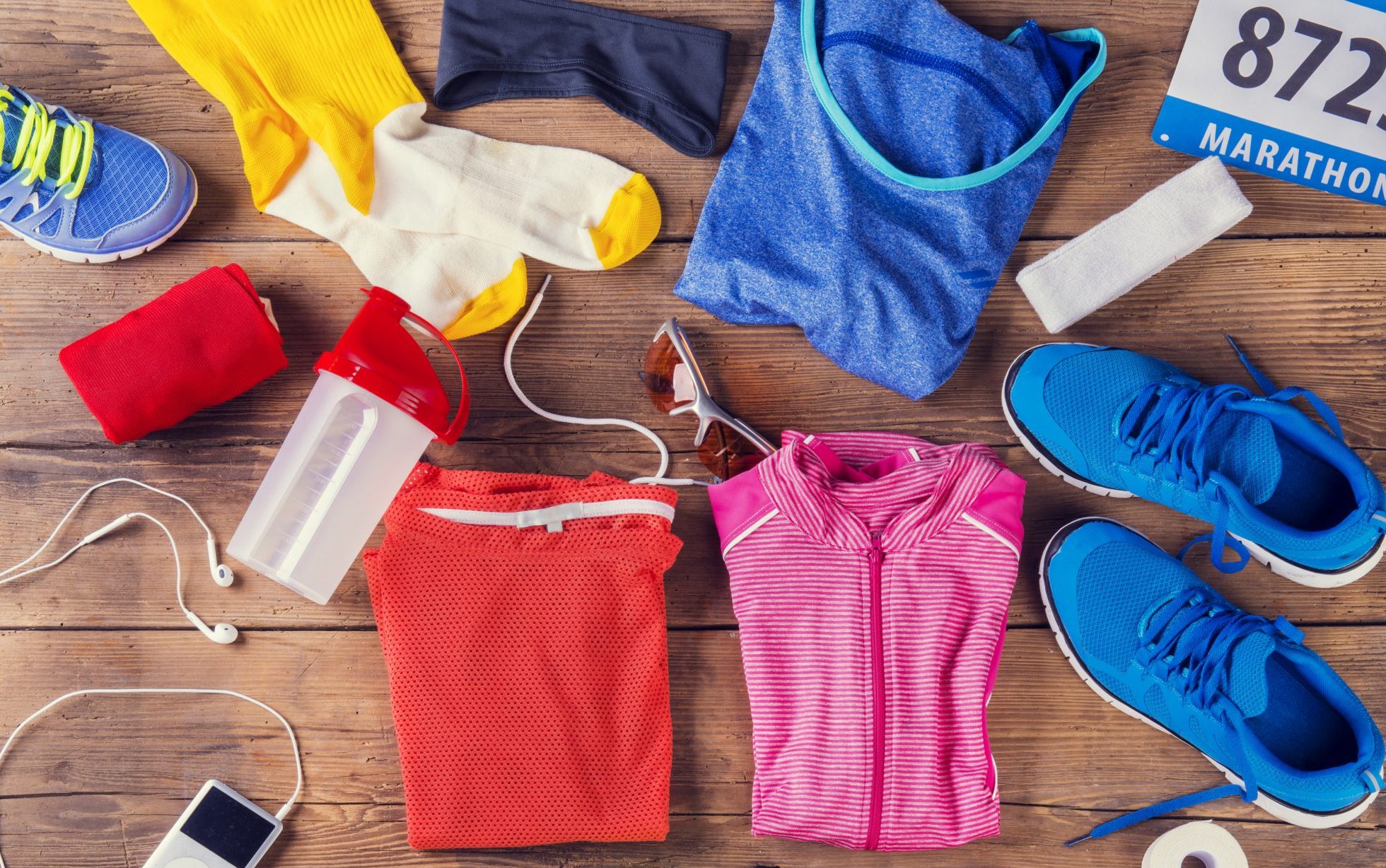Ah! The open road; just you, your running shoes, some inspiring music, and the fresh air. Sounds ideal, and it is…except for one little problem, as the weather gets warmer and you start to sweat more you may run into one little issue––chafing. But, it doesn’t have to be this way. Discover how to prevent thigh chafing while running with our top tricks and tips.
What is chafing?
Before we can combat the issue at hand, we need to go back to the start and learn what chafing is anyway. Chafing is a skin irritation caused by friction; two things rubbing against one another. This can be skin-on-skin or even clothing-on-skin.
Initially, chafing will be more of an irritation, but as it progresses, it can cause rawness, rashes, and even blisters, and for you, this won’t just be a little irritating; it can be downright painful.

But, why does it happen? As you run or undertake other types of repetitive exercise, your skin or clothes may rub together, and after a while, this starts to chafe. The most common areas to experience chaffing when running are the groin, inner thighs, armpits, and nipples.
This is made worse by factors such as carrying a few extra pounds, wearing the wrong clothes or fabrics, extra sensitive skins, additional muscle mass, and even exercising on a warm day.
How to prevent thigh chafing while running?
While chafing is unpleasant, you’re not alone, legs chafing when running is one of the top complaints of athletes, and what’s important is knowing how to prevent it (as much as possible). These are our top tricks and tips to prevent chafing when running.
1. Choose your clothes wisely
If you notice your thighs are sore after a run, it might be time to rethink your wardrobe.

- First things first, choose your fabrics wisely––avoid cotton which stays damp for longer after sweating and go for light fabrics that dry easily, such as lycra, nylon microfibers, and other synthetics.
- Second, choose clothes that fit correctly and don’t rub when you run.
- If in doubt, go longer. Knee-length running, or bike shorts may help protect the inner-thigh area.
2. Lubricate problem areas
If you notice a particular area is particularly affected, try applying a lubricant to help things slide more smoothly. Popular products include lip balm, Vaseline, and specially designed creams for chafing.
3. Try some talc
While lubrication will reduce friction by ensuring the area is moisturized appropriately, reducing friction. Another way to go is to reduce the level of moisture altogether. Talcum powder is a popular baby product, but it finds its uses beyond chafing diapers. Try rubbing some of your problem areas before your routine and once again when you’ve dried off.
4. Hit the shower and dry off
Don’t let that sweat linger on your skin, if you keep moving you while your skin is damp this may increase chaffing and leave you feeling even more uncomfortable. Be sure to jump in the shower as soon as possible and fully dry off before getting dressed to reduce your risk.
5. Treat your wounds
If you’ve already suffered from chaffing, there’s no need to make it worse. Take some time to heal, even if that means changing your routine for a few days. In the meantime, concentrate on other less chafe-worthy exercises and be sure to apply cream to the wound to keep it clean.
What to do if I can’t get rid of the chafe?
If you’ve tried everything above and still can’t seem to rid yourself of that awful friction feeling or your wound is particularly inflamed or oozing, it might be time to consult doctor. This will help you discover how best to avoid your particular issue and ensure infection does set in.






































